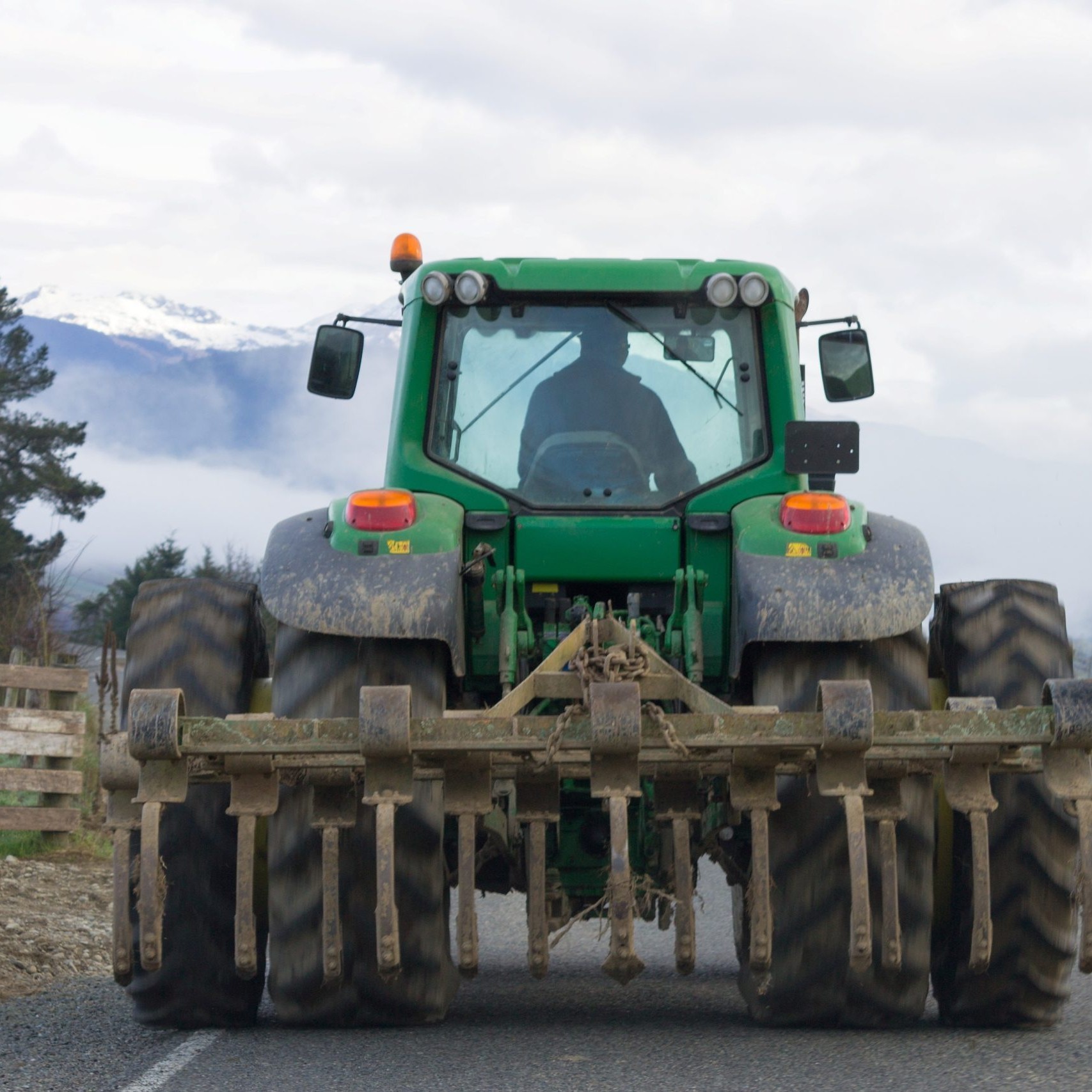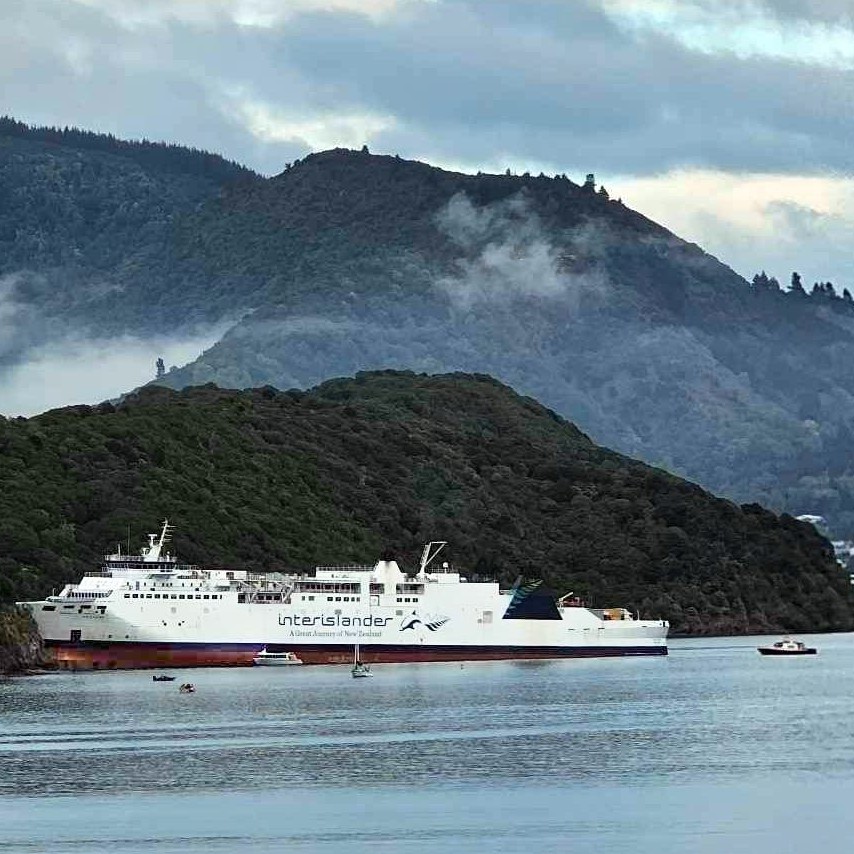
Road engineering can be a bitumen of a job.
Dr Bryan Pidwerbesky, the technical director for Pavements Engineering Solutions at Fulton Hogan Ltd, knows all about what people think about roads.
Talking to the South Island Road Freight Seminar in Christchurch in June, he had some things to say about roads, how they’re made, and why they fail and what we could be doing better.
First, a quick review of how roading engineers see the world. Which is kind of like a cross section of a multi-level cake.
He says roads start with the subgrade which is whatever is there when the road starts being built. Then there’s the subbase, the basecourse and the surfacing.
He says pavements, which is what roading engineers like to call roads, are designed specifically to deal with heavy trucks as they’re the things that will make or break a road surface.
It’s an issue that’s gotten a bit more complicated as truck weights increase.
“If you double your axle load, which is what matters in pavement design, it does an average of 16 times the damage to the road. The formula is 2 to the fourth power.
“So that is why we are very concerned about the heavies.”
The other thing that they’ve learned relatively recently about New Zealand roads, is that trucks can push water through the top seal and into the underlying foundations, which is what causes potholes. Till about 15 years ago, it was assumed the top seal was watertight, he says. So that’s seen a shakeup in how roads are now being built.
But for the longest time, the issue with New Zealand’s roads is that they were built at the lowest cost in order to maximise the total length of sealed roads, with the expectation that they would have a lot of maintenance over their lifetime.
Apart from being relatively quick to put down, chip seal is used because of cost. It’s a trade-off, he says. (It also has good skid resistance, which is a nice benefit.)
Interestingly, New Zealand has a very high percentage of sealed roads. 67 per cent of NZ roads are sealed compared to 65 in the USA, 40 in Canada, and 41 per cent in Australia. In fact where Bryan originally came from in western Canada, 90 per cent of the roads were unsealed gravel roads.
So it’s a balancing act between the budget and the best options.
New Zealand’s option was to go for something low cost that got the road sealed, with the expectation there would be high maintenance costs.
“It was only about 15 years ago when the first RONS (Road of National Significance) came out under the National Government that I got to design roads the way I felt they should be.
“The Christchurch Southern Motorway and the Northern Gateway were the first ones where we got to put asphalt on top so we knew it was going to last without having to be rehabilitated every 10 or 15 years.”
Asphalt is bitumen that’s been cooked with aggregate and maybe some other additives. It’s waterproof if it’s thick enough, but it comes with a bigger price-tag.
He says New Zealand is now building more roads that can last longer with thicker layers of asphalt and sometimes more aggregate. But that doesn’t stop failures in road surface and it’s been a challenge to find out why.
A lot of it, he says, was the build-cheaply, repair-sooner philosophy.
Another issue is the lack of shoulders on some roads. He says when there is no shoulder, there’s a lack of support on the outside of the road which, due to the camber, is where more of the weight from trucks go.
“We’ve known for a long time you need at least half a metre to support the pavement.” (A metre would be better.)
Bryan took a number of questions. One of the more contentious ones was about whether the quality of bitumen has decreased since the closing of Marsden Point.
He says it has actually improved and companies can now buy equal or even better product overseas for sometimes less than what they paid Marsden Point for (due to economies of scale for the refineries.
Which at least bodes well for roading projects!
An extract from Bryan’s talk is here:



